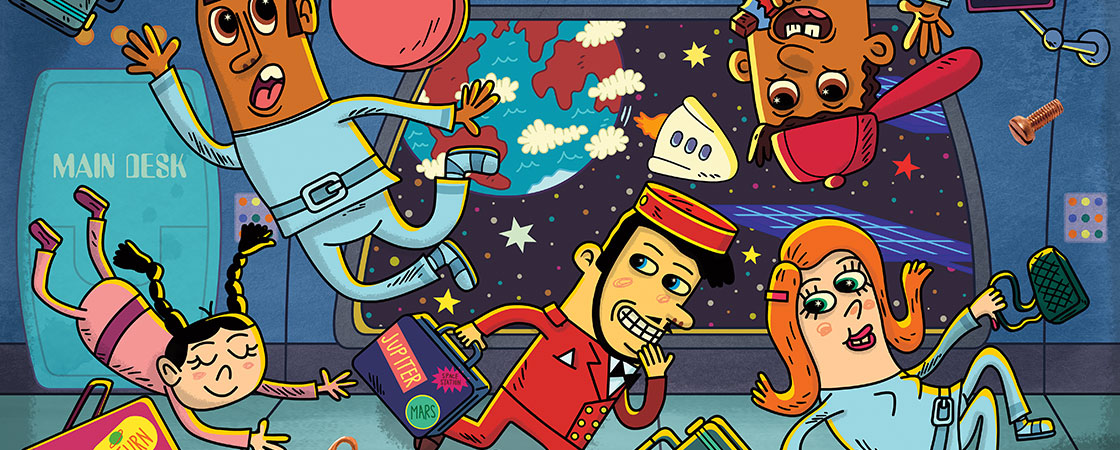Some people who want a cool vacation aren’t simply planning to leave their state. They don’t just want to leave the country. They want to leave the planet and take a trip to space.
Only about 550 people have ever traveled to space. Most of them were astronauts who had trained for years. But others were people who had piles of money to spend on a ticket. One man paid $30 million to shoot up to space for 12 days!
Now, some companies are letting any healthy person 18 or older go up to space. And for the first time, people will soon be allowed to stay in the International Space Station. This is a lab that flies around Earth.
You don’t need to be a rocket scientist to wonder: Is this a good idea?
Some people who want a cool vacation aren’t simply planning to leave their state. They don’t just want to leave the country. They want to leave the planet and take a trip to space.
Only about 550 people have ever traveled to space. Most of them were astronauts who had trained for years. But others were people who had piles of money to spend on a ticket. One man paid $30 million to shoot up to space for 12 days!
Now, some companies are letting any healthy person 18 or older go up to space. And for the first time, people will soon be allowed to stay in the International Space Station. This is a lab that flies around Earth.
You don’t need to be a rocket scientist to wonder: Is this a good idea?

